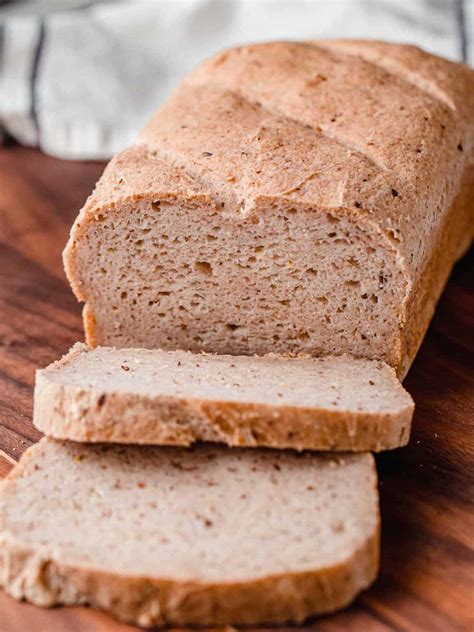Gluten-Free Sourdough Bread: A Comprehensive Guide
Are you craving the tangy, complex flavors of sourdough bread but need a gluten-free option? This comprehensive guide will walk you through creating delicious and authentic gluten-free sourdough bread at home. While it takes a little more patience than traditional sourdough, the results are well worth the effort!
Understanding Gluten-Free Sourdough
The biggest challenge in gluten-free baking is replacing the structure and elasticity provided by gluten. Gluten, a protein found in wheat, rye, and barley, gives bread its chewiness and rise. In gluten-free baking, we use a blend of starches and gums to mimic these properties. This recipe relies on a careful balance of these ingredients to achieve a light and airy loaf.
Ingredients You'll Need
- Starter: A robust, active gluten-free sourdough starter is crucial. This should be bubbly and have a pleasant, slightly sour aroma. (See instructions below for creating a gluten-free starter)
- Water: Lukewarm, filtered water is recommended.
- Gluten-Free Flour Blend: A blend containing a mix of starches (like tapioca, potato, and rice flour) and gums (like xanthan gum or psyllium husk) is essential for structure. Experiment to find a blend that you enjoy. Avoid blends with added sugars or other ingredients unless specified in the recipe.
- Salt: Sea salt or kosher salt enhances the flavour.
Building Your Gluten-Free Sourdough Starter
This process takes time and patience, but a strong starter is the foundation of great gluten-free sourdough.
Phase 1: Initial Mix (Days 1-7)
- Combine equal parts of your chosen gluten-free flour blend and lukewarm water in a clean jar. Stir well to create a thick paste.
- Cover loosely and let it sit at room temperature (ideally around 70-75°F).
- Observe daily. You'll likely see some bubbling activity, but it may be slow.
- Discard and feed: Every 24 hours, discard about half of the mixture and add fresh flour and water in equal amounts to maintain the consistency. Continue this process for 7 days.
Phase 2: Strengthening the Starter (Days 8-14)
- Continue the discard and feed process as in Phase 1. You should notice increased bubbling activity.
- The Float Test: If a small spoonful of starter floats in a glass of water, your starter is ready! This indicates sufficient gas production.
Gluten-Free Sourdough Bread Recipe
This recipe is a guide; adjustments may be necessary based on your starter’s activity and your flour blend.
Ingredients:
- 200g active gluten-free sourdough starter
- 300g lukewarm water
- 500g gluten-free flour blend
- 10g salt
Instructions:
- Autolyse: Combine the water and flour in a large bowl. Mix thoroughly and let it rest for 30-60 minutes. This allows the flour to fully hydrate.
- Mix: Add the starter and salt to the autolysed mixture. Mix until thoroughly combined. Use a spatula or your hands. Don't overmix.
- Bulk Fermentation: Cover the bowl and let it ferment at room temperature for 4-6 hours, or until doubled in size and bubbly. Perform a few gentle stretches and folds every hour during this time to develop strength.
- Pre-Shape: Gently turn the dough out onto a lightly floured surface. Form it into a round or oval shape.
- Proof: Place the shaped dough in a well-floured banneton basket (or a bowl lined with a floured cloth). Cover and refrigerate for 12-18 hours.
- Bake: Preheat your oven to 450°F (232°C) with a Dutch oven inside. Carefully place the dough into the hot Dutch oven.
- Bake Covered: Bake covered for 30 minutes.
- Bake Uncovered: Remove the lid and bake for another 20-25 minutes, or until golden brown and the internal temperature reaches 200-210°F (93-99°C).
- Cool: Let the bread cool completely on a wire rack before slicing and enjoying!
Tips for Success
- Flour Blend: Experiment with different gluten-free flour blends to find one that works best for you.
- Starter Activity: A strong, active starter is key to a successful loaf.
- Hydration: Adjust the water amount depending on the absorbency of your flour blend.
- Patience: Gluten-free sourdough takes time and patience. Don't get discouraged if your first loaf isn't perfect.
Enjoy the journey of creating your own delicious gluten-free sourdough bread! The unique tang and satisfying texture are well worth the effort.
